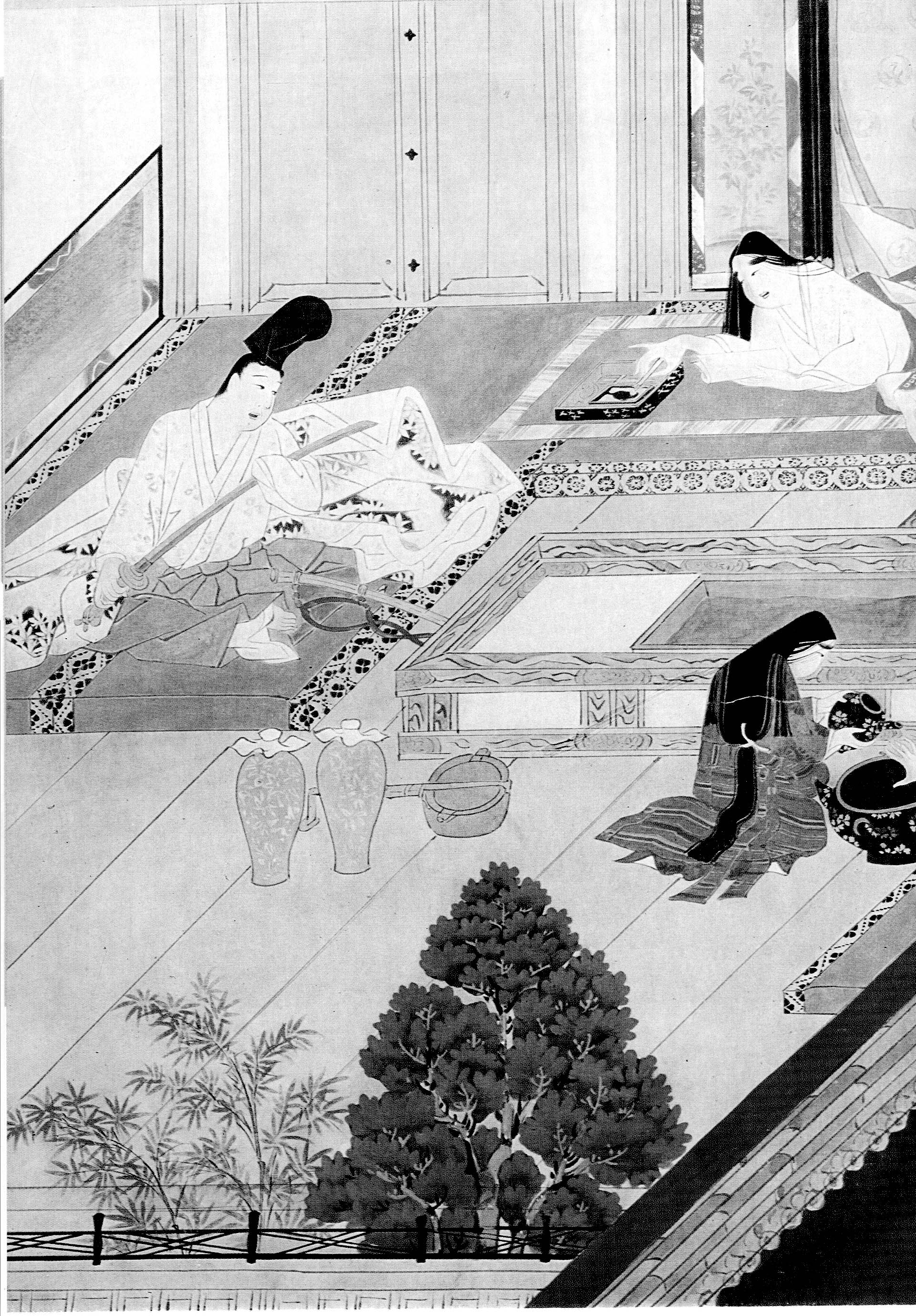
Japan took its present shape as a string of islands about 20,000 years ago. Great natural forces cut of the main islands of Japan and hundreds of smaller ones as well from the continent of Asia. These were linked in the south to the Korean peninsula and to China in the north to Siberia leaving Japan a huge lake. With the rise in the sea level the land bridge in the south disappeared later the northern land bridge also disappeared. It was in this changing word that man began his habitation.
Most archeologists say from about 30,000 years ago that the first inhabitants came across these land bridges. These people are known mainly from their stone implements, scrapers hand axes and knives. The first people were called Jomons they were hunters and fishers and did rudimentary cultivation. Japanese legends give remarkably specific answer to the question, When did the Japanese state begin to
begin to emerge? Jimmis ascended the throne as Emperor of Japan in February the first day of Spring 660BC at his palace in the Yamato region. Queen Piming Himiko took over as ruler, she was a high priestess. She combined religious and political power.
She was the ruler of Yamatai state. By the fifth century the power of the Yamato state rulers had increased. They left behind great tombs of their leaders. The authority of the sovereign in the Yamato state depended to some extent on military might. The network of family connections through marriage enabled the sovereign to exert authority over other powerful chieftains. The head of the imperial family in Yamato from whom the present emperor is descended claims direct decent from the sun goddess Omikami. Much later on a military victory of the Soga who were a new family a branch of the imperial line. The clan leaders did not base their authority on the claim that they were descended from the mythological Kami of high antiquity, rather they served as court
treasurers collecting and starving and paying out goods produced by people directly under the authority of the Yamato rulers. The victory of the Soga over the Mononibe AD587can be seen as a victory over bureaucrats and over figures of traditional authority. The Soga leader Umako AD626 conspiring to assassinate the Emperor. This he did and let his own niece on the throne. Umako was anxious to keep control at court.

Not by taking the throne for himself but by dominating an acceptable ruler. In other words being the power behind the throne. Umako went on even further and nominated as heir apparent a regent for the new Empress. A young man of great promise who was a remarkable man for his understanding of Buddhism. His name was Shotoku.
Prince Shotoku 574-622 he founded the Buddhist temple. It now ranks as the oldest in Japan. In the year 645 opponents of the Soga leaders struck back. The head of this clan called the Nakatomi. Its leader Kamatari 614/69 and a young imperial prince Nako 626-71. The victors of the coup took advantage of their sudden rise to power. The Taika reform meaning great change started to take place.
But the recent assassinated Soga had played a great part in the process. In the year 646 they formulated a reform. It declared the land and people were to be placed under imperial administration also a new taxation new capital city be built as the centre of this system. All people were his subjects, but to treat them differently according to their rank as determined by birth.
The government in Nara once established used their army to gain more control over various clans.
The building of the temple today in Nara in 730/740 and today is still the largest wooden building in the world. Emperor . In the region of Emperor Shomu the machinery of government had become relatively sophisticated and needed educated people to run it. The
Heian period is divided from the Nara period by the courts transfer in the closing years eighth century to its new capital at Kyoto.
Shihan George Scarrott